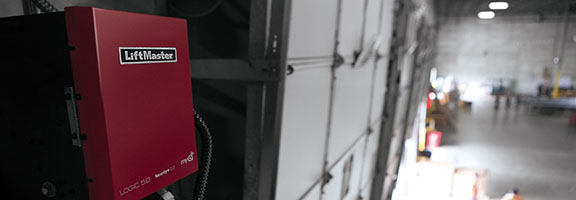The Ongoing Revolution in Building Technology
As connected devices transform commercial building projects, architects will play an important role in specifying them
Recent studies show how Internet technologies continue to revolutionize every aspect of building management from access to environmental control. Most of these studies say that we're still at the beginning of this revolution.
In fact demand is exploding for devices that use the Internet to communicate information about themselves and their local environment. This is the Building Internet of Things, or BIoT. Memoori, a UK-based research firm specializing in smart buildings, predicts that the value of BIoT devices sold for use in commercial buildings will grow from $26.65Bn in 2015 to $75.5Bn by 2021. It believes that the proliferation of these devices will fuel "a powerful market transition in the Smart Building Space."
The farther we move along this transition, the more building owners will expect connected technology, and the more tenants will be willing to pay for spaces that offer it. A 2016 Smart Buildings research report from Deloitte Publishing predicts just that. "Tenants will likely soon come to expect [these] features, meaning that a building lacking them may trade at a discount," according to the report's authors.
One of the most compelling benefits offered by BIoT devices is energy savings. A networked lighting system with in-room occupancy sensors can help the architect qualify a building for LEED points, and occupancy sensors can be integrated with the HVAC system so that heating and cooling isn't wasted on unused spaces.
Something as basic as a door operator that makes it easier for workers to close large doors when they're not needed can also reduce monthly utility bills. Those savings will be even greater with an opener that's integrated with the building management system (BMS) so that energy and lighting are adjusted in real time according to the door condition.
Connected devices offer an even higher ROI in specific industries. For instance the average cold storage warehouse will rack up more than $1100 in annual energy bills for every minute each garage door is open. Pairing a connected LiftMaster Commercial Door Operator with a Clopay insulated garage door will ensure that the door doesn't stay open longer then need and will minimize heat loss when it's closed.
Long-term, the greatest value offered by the BIoT will be the ability to capture and analyze data. Data gathered by occupancy sensors can help owners understand how, and how often, each of the building's spaces is being used. This information can be used to reconfigure spaces in ways that are more efficient and profitable.
These abilities could prove a game changer during the next downturn in commercial real estate, when connected buildings will likely enjoy an edge in a tight market. Other things being equal, it's easy to see how a building with a strong BIoT infrastructure would enjoy higher occupancy rates.
The architect needs to help building owners understand the benefits they stand to reap from connected technology, and the risks of being left behind.

